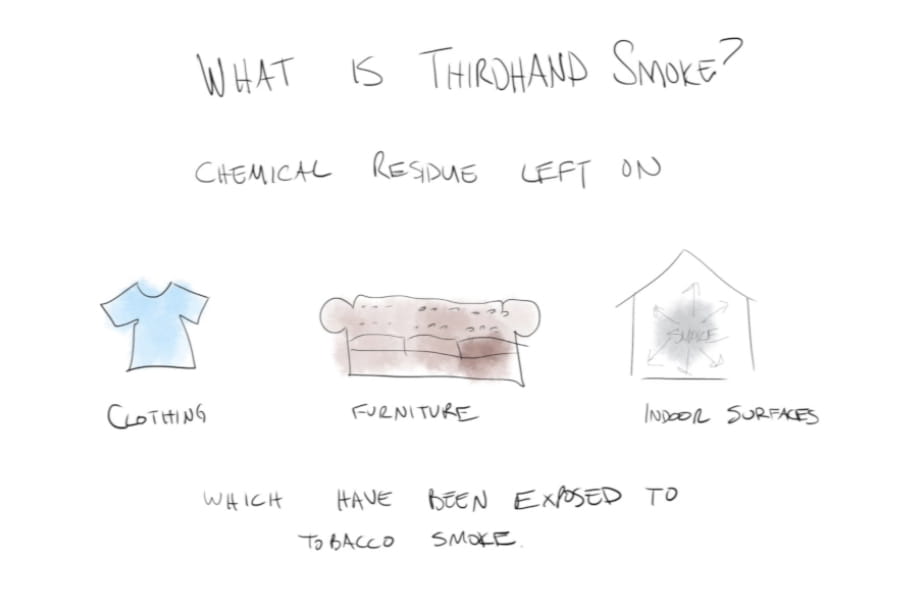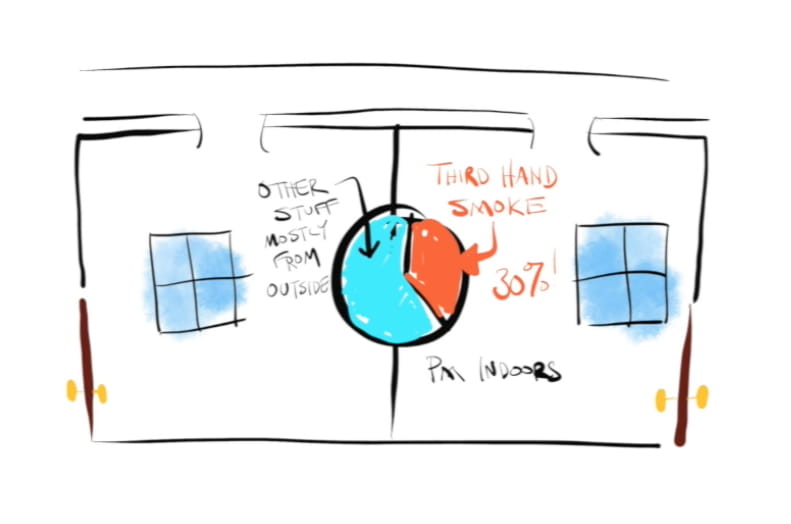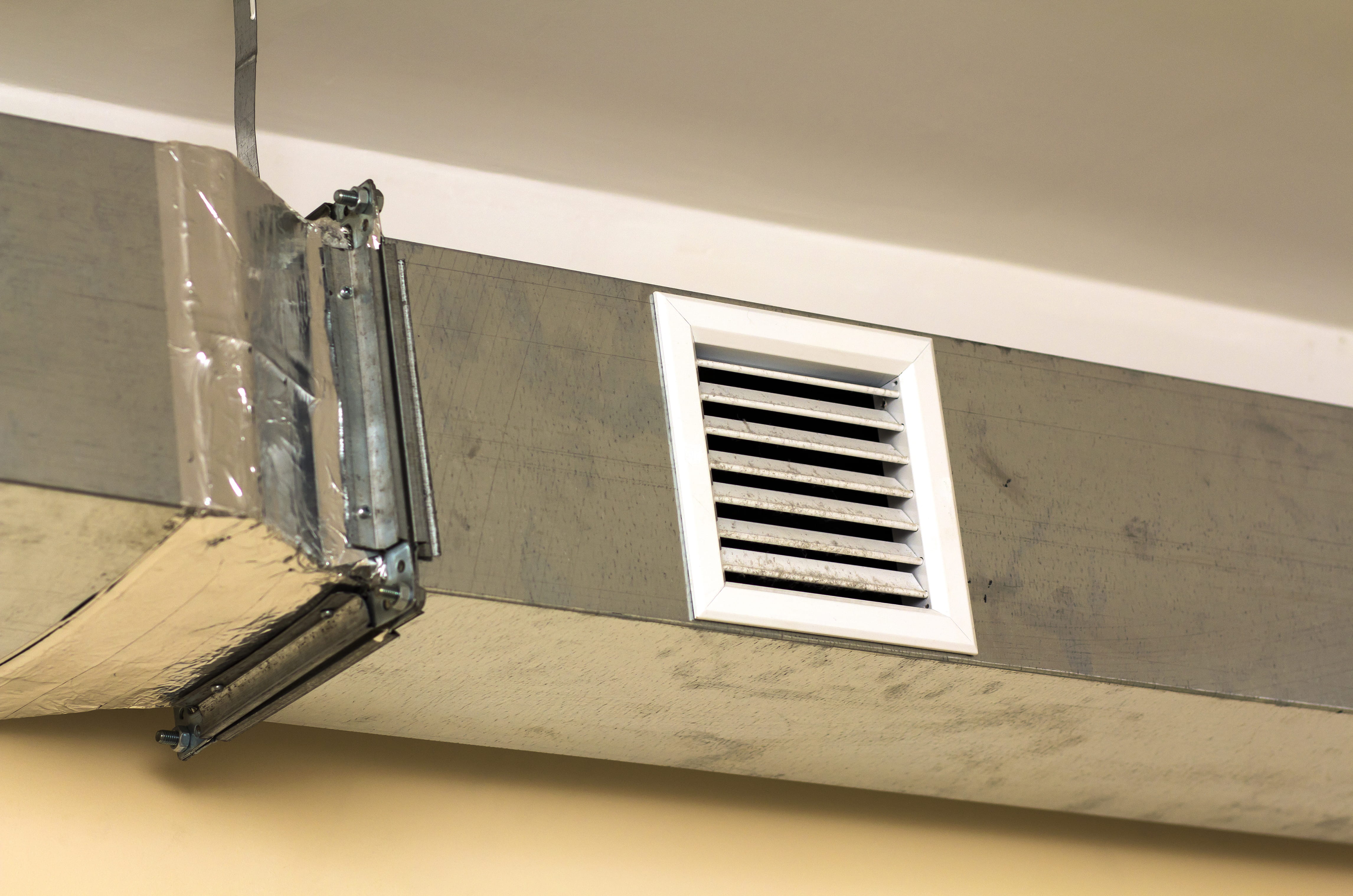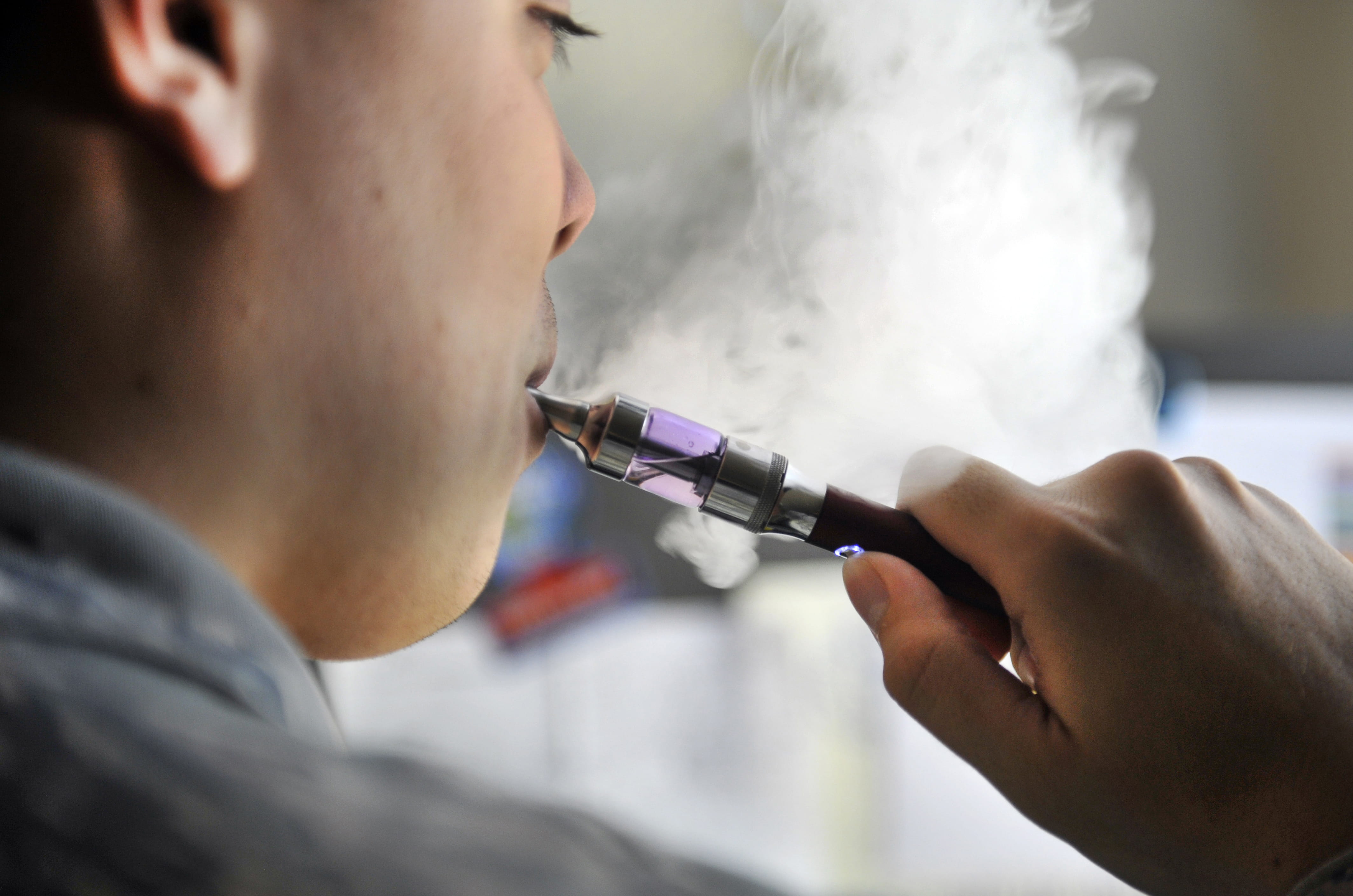'Non-Smoking' Doesn't Mean Smoke-Free — Drexel Study Finds Third-Hand Smoke Spreads Inside

- Drexel Selects New, World-Class Life Sciences Building at 3201 Cuthbert Street for Medical Research Operations
- Breakthrough on Gene Therapy for Hereditary Spastic Paraplegia
- Drexel Environmental Collaboratory Releases Cross-Sector Findings on Severe Weather Recovery Challenges
- Drexel Launches the Manuel Stamatakis Center for Alternative Investments at the LeBow College of Business
[iframe src="https://player.vimeo.com/video/268404346" width="640" height="360" frameborder="0">]
Despite decades of indoor smoking bans and restrictions, new research from Drexel University suggests the toxins we’ve been trying to keep out are still finding their way into the air inside. Findings by a group of environmental engineers show that third-hand smoke, the chemical residue from cigarette smoke that attaches to anything and anyone in the vicinity of a smoke cloud, can make its way into the air and circulate through buildings where no one is smoking.
The study, which was recently published in the journal Science Advances, further clarifies our understanding of just how pervasive the toxic chemicals of cigarette smoke can be — even in a “smoke-free” indoor environment. Its central finding — that third-hand smoke chemicals can be reemitted inside and attach themselves to aerosol particles — means that people are likely exposed to more of these harmful chemicals than previously thought.

“While many public areas have restriction on smoking, including distance from doorways, non-smoking buildings and even full smoking bans on campus for some universities, these smoking limitations often only serve to protect non-smoking populations from exposure to second-hand smoke,” said Michael Waring, PhD, an associate professor in Drexel’s College of Engineering, and a co-author of the research. “This study shows that third-hand smoke, which we are realizing can be harmful to health as with second-hand smoke, is much more difficult to avoid.”
Peter DeCarlo, PhD, an atmospheric chemist at Drexel, teamed up with Waring, whose research focuses on indoor air quality, on this National Science Foundation-funded work that revealed the new pathway of exposure to third-hand smoke.
“Aerosol particles are ubiquitous particles suspended in the air — they come from a variety of sources and are known to be detrimental to health,” DeCarlo said. “The fact that third-hand smoke can attach to them, like it would to the clothing or furniture of a smoker, means that the potentially toxic chemicals associated with third hand smoke are found in places we wouldn’t have expected.”
A Surprise Inside
Anita Avery, PhD, a doctoral student working with DeCarlo was studying the transport of particles from outdoors to indoors by monitoring these particles inside an unoccupied, non-smoking classroom. The composition of these particles, measured by an aerosol mass spectrometer over the course of several weeks, provided a detailed look at the chemical differences between outdoor and indoor particles in the air.
What they found was eye-opening.
“In an empty classroom, where smoking has not been allowed in some time, we found that 29 percent of the entire indoor aerosol mass contained third-hand smoke chemical species. This was obviously quite startling and raised many questions about how that much third-hand smoke could be lingering in a non-smoking, ventilated room,” Avery said.

To investigate the cause of this surprising finding, Avery and DeCarlo simulated some third-hand smoke exposure in the lab. First, they pumped cigarette smoke into a Pyrex container, allowing the smoke chemicals to be deposited inside. Then they pumped any residual smoke out of the container before pulling outdoor air through it to clear out any second-hand smoke.
After a day, filtered outdoor air was circulated through the container and the researchers measured the chemical composition of the aerosol particles it acquired along the way and compared it to outdoor air that hadn’t passed through the container. They found a 13 percent increase in third-hand smoke chemical species in the air that went through the Pyrex container, which meant that, though it seemed as though the smoke had cleared, a chemical residue still existed —and found a way to attach to passing aerosol particles.
“This means that our discovery was by no means unique to that classroom, in fact, it’s likely quite a widespread phenomenon,” DeCarlo said. “What we’d actually uncovered was a new exposure route for third-hand smoke — through aerosol particles, which are ubiquitous in the indoor environment.”
Hitching a Ride
Digging deeper into the mechanisms that allow third-hand smoke to latch on to aerosols, DeCarlo, Avery, and Waring began to understand how they got inside and back into particles in the air.
Previous research on third-hand smoke chemicals has shown that as they transition out of gas form, they can settle just about anywhere. They can attach to clothing and furniture, on skin or hair — even onto a sterile surface, such as the Pyrex container, as the Drexel researchers found. But they can concentrate in particles when the chemicals are in gas form and they are exposed to acidic, liquid aerosols.

This means that they can be unwittingly transported into smoke-free environments — lying in wait for conditions that allow them to transition back into a gas and attach to aerosols.
But as it turns out, this combination of conditions is actually pretty common indoors. The study suggests that third-hand smoke chemicals on indoor surfaces can “repartition,” or return, to the gas phase when they’re exposed to chemicals such as ammonia — which is common in buildings as it’s emitted when people breathe and often found in bathrooms.
And the aqueous aerosols they need for transportation?
“In the summertime warm air with varying amounts of water content is brought into the building, mixed with recirculated air, and conditioned to cooler temperatures,” they write. “This process leads to significant uptake of water by aerosol particles. This continuous summertime presence of aerosol water allows third-hand smoke chemicals to partition into the aerosol phase.”

Indeed, the indoor environment of buildings with mechanical heating, ventilation and air conditioning (HVAC) can be the precise confluence of factors necessary to spread these toxic chemicals.
“The HVAC system not only serves to condition the aerosols to wet or dry states, but also to move air through a building zone. HVAC systems recirculate and disperse air throughout the multiple rooms of the zone served by the system,” they write. “For this reason, a room located near a smoking area with smoke penetration or a room occupied by a smoker can effectively expose the other occupants served by the same HVAC system to third-hand smoke, even if they do not share space directly.”
Breathing Easy?
The researchers note that the persistence of the chemicals in the indoor environment is also linked to the amount of surface area in a particular room or building. This is because the third-hand smoke that isn’t inhaled can deposit just about anywhere — counters, walls, furniture even embedding in carpet — and later return to the air when conditions are right.
“While most people expect that they’ll be exposed to car exhaust, or other chemicals in low concentrations when they’re outside — they tend to think that they’re escaping all that when they step indoors,” DeCarlo said. “Understanding that we are constantly exposed to these chemicals, even in our workplaces, is a challenge to communicate to the general population.”
And this research is only looking at ventilated spaces, such as office buildings or classrooms. Waring points out that concentrations of third-hand smoke chemicals are likely to be much higher in a residence, hotel room or rental car where people had previously been smoking.

“The concentration of chemicals would be much higher in the home of a smoker or other places where there is less ventilation than an office or university building,” he said. “These findings could also lead to important research about third-hand smoke exposure from e-cigarettes, which many people are using indoors and produce some of the same chemicals as tobacco smoke.”
Taken alongside recent findings about the health risks of exposure to third-hand smoke, this work brings the gravity of the situation into focus and raises important questions for future research about how we can limit our exposure.
“Third-hand smoke is not something we’re currently thinking about as a society when we talk about air quality,” Avery said. “It’s easy to recognize the presence of chemical pollutants if you can see or smell them, but this research reminds us of just how many chemicals we are exposed to that we probably aren’t aware of. That’s why we need to keep studying these indoor spaces where people spend so much of their time, so we can build a full profile of what exactly is in the air.”
More information, including a copy of the paper, can be found online at the Science Advances press package at http://www.eurekalert.org/jrnls/sciadvances/.
Drexel News is produced by
University Marketing and Communications.